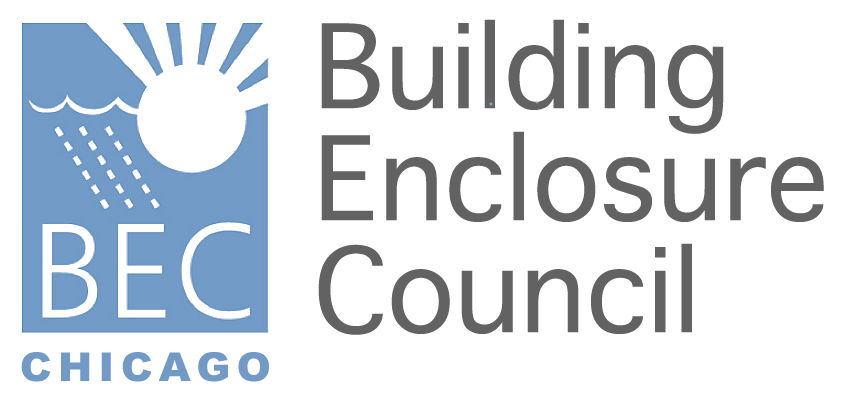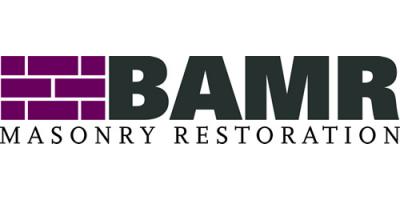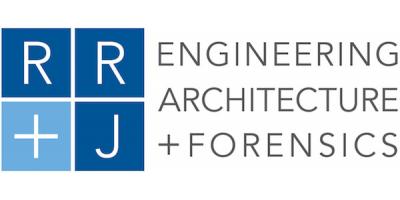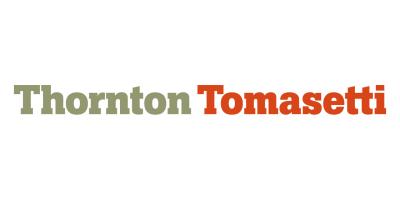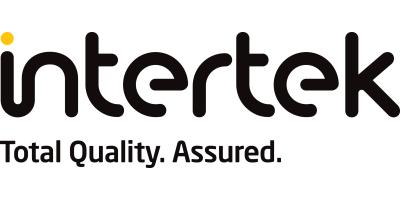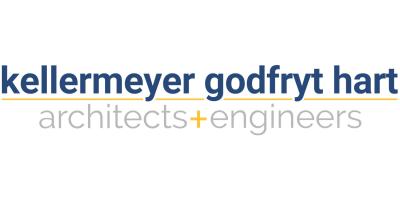| Location | Daltile Tile & Stone Chicago Gallery, 316 W. Hubbard St., Chicago |
| Event web page |
Description
The in situ performance of fenestration systems is frequently inferior to specified performance criteria due to many factors including inadequate detailing during the design phase, variation of installation methods, and imperfect jobsite conditions. This roundtable discussion will focus on several options that specifiers can take during the design phase to increase the likelihood of satisfactory performance of fenestration systems during their service life.
Presented by: Patrick Reicher, S.E., REWC, REWO, CCS, CCCA | Raths, Raths & Johnson, Inc.
Continuing Education: 1.0 AIA/CES LU
Learning Objectives
• Review current industry standards and publications related to the design and installation of windows.
• Identify typical specification paragraphs related to window performance, installation, and field quality control; and considerations to improve specifications and in-service window performance.
• Discuss the importance of proper construction sequencing, and how designers can include sequencing information within specifications or drawings.
• Identify field test methods for air infiltration and water leakage, and means for designers to provide unambiguous field quality control specifications.
